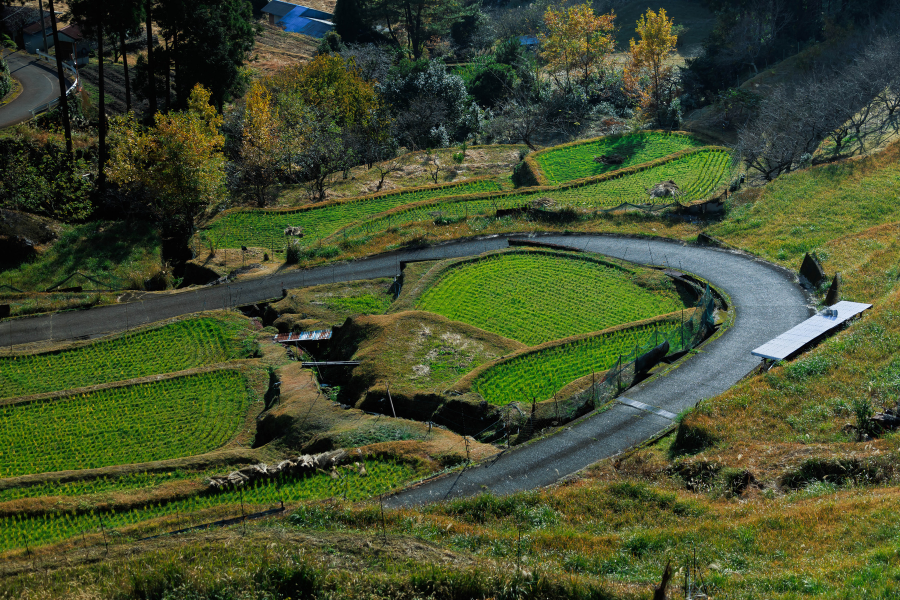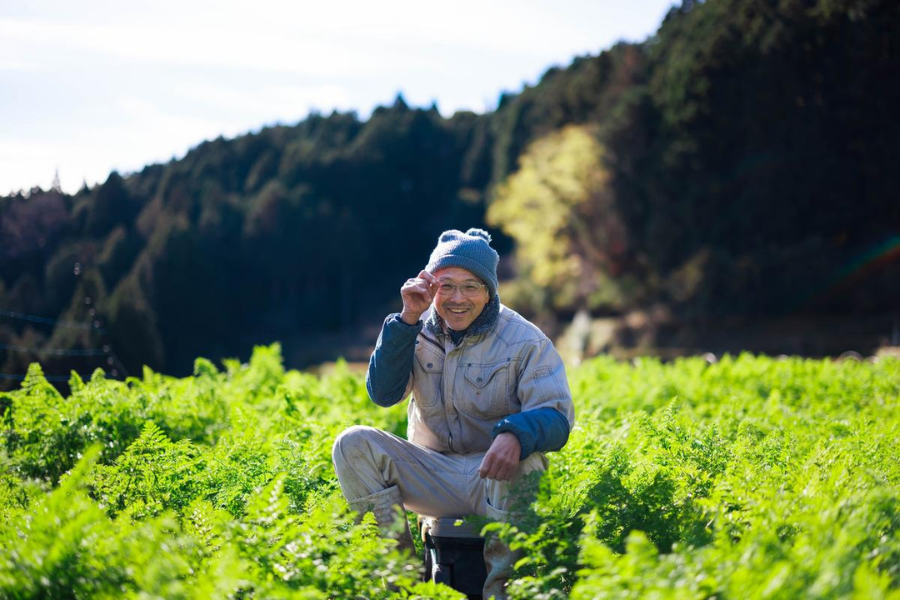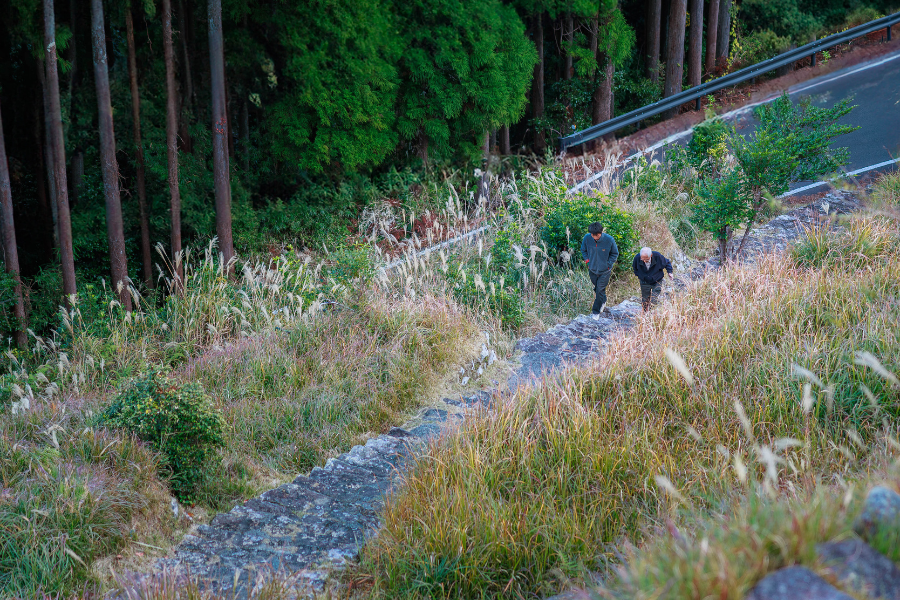Introduction: A Hidden Landscape of Abandonment
Japan’s countryside, often romanticized for its rice terraces, misty mountains, and time-honored agricultural traditions, is facing a quiet but escalating crisis: farmland abandonment. While urban skylines continue to grow, rural fields are increasingly falling silent. As of 2020, over 420,000 hectares of agricultural land (an area larger than Tokyo and Osaka combined) have been left uncultivated, according to Japan’s Ministry of Agriculture, Forestry and Fisheries (MAFF). This article explores the root causes of this phenomenon, its nationwide implications, and the growing movement to reclaim and repurpose Japan’s idle farmland.
Scope of the Problem: How Widespread is It?
The term kōsaku hōki-chi (耕作放棄地) refers to farmland that has been abandoned for over a year with no plans for resumption. The scale of this issue has grown steadily since the 1980s, fueled by Japan’s twin challenges of rural depopulation and an aging farming population. Over 70% of Japanese farmers are now over the age of 65, with few successors willing to take on the labor-intensive work. Abandonment is most common in mountainous or remote regions, such as parts of Tohoku and Shikoku, where maintaining farmland is physically and economically demanding. Even in fertile areas, fragmentation of land ownership and legal complexities hinder its reuse.

The Consequences: Economic, Ecological, and Cultural Losses
The abandonment of farmland has far-reaching consequences. Economically, it contributes to Japan’s declining food self-sufficiency, increasing reliance on imports. Ecologically, uncultivated fields become overgrown, prone to wildfires, and susceptible to invasive species. Abandonment also disrupts traditional ecosystems, especially those reliant on human-managed satoyama (traditional, human-influenced landscapes in Japan, typically found between mountain foothills and arable land)landscapes. Culturally, the trend erodes local identities and agricultural heritage, including practices that have been passed down through generations. Entire villages face extinction as young people move away and land loses its functional and emotional value.
Governmental and Local Responses: Tackling the Issue
Recognizing the gravity of the problem, Japanese authorities have launched multiple initiatives. One key program is the establishment of Farmland Intermediary Management Institutions (FIMIs), also known as “Farmland Banks”, which connect landowners with willing cultivators, often younger farmers or corporations. MAFF also offers subsidies to new entrants in agriculture and supports local governments with regional revitalization grants. Some municipalities are going further, offering free or low-cost land to newcomers, particularly those seeking to engage in organic farming or community-supported agriculture. Technology is also part of the solution: Japan’s “Smart Agriculture” initiative promotes the use of drones, AI, and automated machinery to reduce labor demands and attract younger participants.

Alternative Visions: Regenerative and Creative Use of Land
Beyond traditional farming, some regions are embracing more creative or sustainable uses for abandoned land. Agro-tourism, forest restoration, and art-led revitalization projects have emerged as new models of rural development. The Echigo-Tsumari Art Triennale in Niigata Prefecture repurposes fallow land and empty homes for contemporary art installations, drawing thousands of visitors and bringing income to rural communities. Others are experimenting with solar-sharing, which is installing solar panels above farmland while still growing crops below. Regenerative agriculture and permaculture are also gaining traction among next-generation land stewards committed to climate resilience and biodiversity.
Conclusion: Rethinking Value in the Rural
Abandoned farmland in Japan represents more than just empty fields. It signals a shift in how value, labor, and identity are tied to land. While the challenges are vast, so too are the opportunities for innovation and regeneration. From government policy to grassroots experimentation, Japan is slowly sowing the seeds of a rural renaissance. The path forward will require collaboration, creativity, and a reimagining of what it means to live, work, and grow in the countryside.

References
- Ministry of Agriculture, Forestry and Fisheries of Japan. (2020). Survey on Abandoned Cultivated Land. Retrieved from https://www.maff.go.jp/e/
- Cabinet Office, Government of Japan. (2021). Annual Report on the Aging Society. Retrieved from https://www8.cao.go.jp/kourei/whitepaper/index-w.html
- Kobayashi, A. (2021, October 19). Japan’s abandoned farmlands: Crisis or opportunity? Nippon.com. Retrieved from https://www.nippon.com/en/japan-topics/g01091/
- Japan Times. (2023, May 5). Japan’s farmland banks try to stem the tide of abandonment. The Japan Times. Retrieved from https://www.japantimes.co.jp
- Echigo-Tsumari Art Field. (n.d.). About the Triennale. Retrieved from https://www.echigo-tsumari.jp/en/about/
- MAFF Smart Agriculture Strategy. (2019). The Future of Japanese Farming. Retrieved from https://www.maff.go.jp/e/policies/tech_res/strategy/